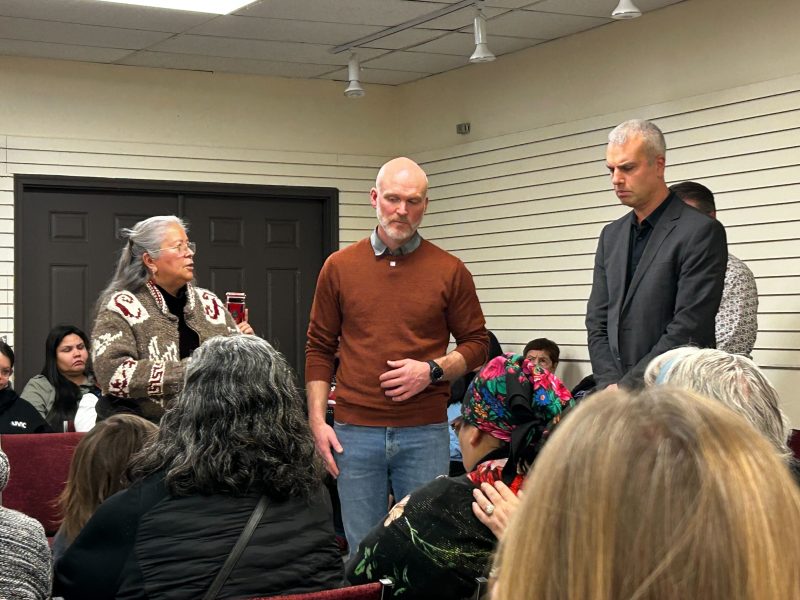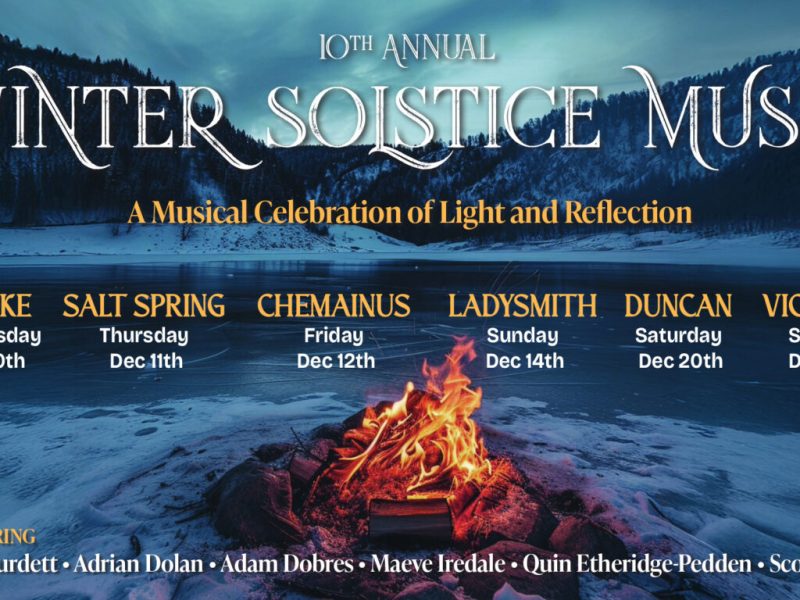
Maia Cassie is a Grade 11 student at Queen Margaret’s School in Duncan B.C. with a keen interest in media representation and analysis in film and television.
Analyzing media is a huge part of my life. I complain to friends about casting choices, ramble about my favourite directors to anyone who mentions filmmaking, and have an entire YouTube channel dedicated to media analysis. I’ve explored a wide range of concepts from the Manic Pixie Dream Girl trope to climate denial—but somehow, never the portrayal of Indigenous people.
This hasn’t been for a lack of wanting to, but rather a lack of experience, unfortunately. Despite my love of film and TV, and how often I consume media, I just haven’t seen enough content to be able to think of very many Indigenous characters.
Luckily, this changed recently. The graduation requirements for B.C. recently changed, requiring me and all my peers to take a Contemporary Indigenous Studies course, which includes an inquiry project of our choice. With this assignment, I finally had the catalyst I needed to delve into Indigenous representation on screen.
My knowledge was lacking, though, so I decided to reach out to the wider community. A few weeks ago, The Discourse helped me send out a survey asking for recommendations of Indigenous media. Through the numerous suggestions I received, and my own research, I’ve learned a lot about the state of Indigenous representation today.
But first, a little context.
It’s easy to think of racist stereotypes as a thing of the past, a staple of outdated Westerns and insensitive cartoons. However, modern media is far from free of utilizing these tropes.
Rather, modern media tends to include them under the guise of humour. Take Adam Sandler’s film “The Ridiculous 6”, a Western/comedy released in 2015. Jokes such as naming Native American characters “No Bra” or “Beaver’s Breath” and a complete lack of understanding of Native American culture led to a wave of backlash to the film; several actors walked off set, and many more expressed their disappointment in the film’s creators online.
When faced with the controversy, Netflix stated, “it is a broad satire of Western movies and the stereotypes they popularized, featuring a diverse cast that is not only part of — but in on — the joke.” Despite the racist humour and wide backlash, the film still managed to top Netflix’s charts. In fact, Variety reported that it was watched more times in 30 days than any other movie in Netflix history at that time.
Seven years later, there’s a significant need for improved representation of Indigenous people on screen. This was one of the topics addressed in the survey; after requesting media recommendations, the second question asked, “in your opinion, why is it important to represent Indigenous people and stories in the media?”
I was delighted to receive a variety of insightful responses to this question. One respondent eloquently wrote that “settler violence against Indigenous people in so-called North America has invested heavily in the eradication and oppression of Indigenous folk and their stories, so centering them in media and accurately portraying both the past and present matters”.
Many others emphasized the importance of highlighting historically underrepresented ways of being: “empathy, which can be encouraged through media, allowed people to broaden their perspectives and have more inclusive and thoughtful views about others”.
For Indigenous respondents, representation was often of special importance. One person shared that “it was hard growing up not seeing anybody on TV that looked like me and my family; it led to a lot of self hatred”.
Many Indigenous filmmakers, thankfully, are changing the narrative and reshaping the industry. The recommendations I received offered a variety of excellent Indigenous-created works.
Examples include Reservation Dogs, Taika Waititi’s 2021 series which elegantly juggles humour and sincerity. The show centers Indigenous characters and presents their stories with nuance by acknowledging the difficulties Indigenous people face while still celebrating their joy and culture.
Reservation Dogs is not only entertaining and compelling, but an important representation of Indigenous joy and source of healing. Indigenous actress Devery Jacobs said that she’d never seen this before: “Nobody’s being murdered in this?” she asked in mock-surprise in a behind-the-scenes interview. “Nobody’s gone missing? We’re actually allowed to be this unapologetically happy on screen?”
That’s just one of the numerous examples of nuanced representations of Indigenous peoples available across streaming services and online.
To make the process of finding these easier, I’ve compiled a range of recommendations that I’ve found and that have been suggested to me. You can access it here.
Of course, there’s still a lot of work to be done—especially within the film industry, by supporting, producing, and promoting more media that reflects and honours the lives of Indigenous people.
But there’s also work to be done by settler Canadians like me, by seeking out and enjoying Indigenous-focused media. If you’re in the same boat as me, I hope this list helps you get started on the wonderful journey of discovering these films and TV shows!



